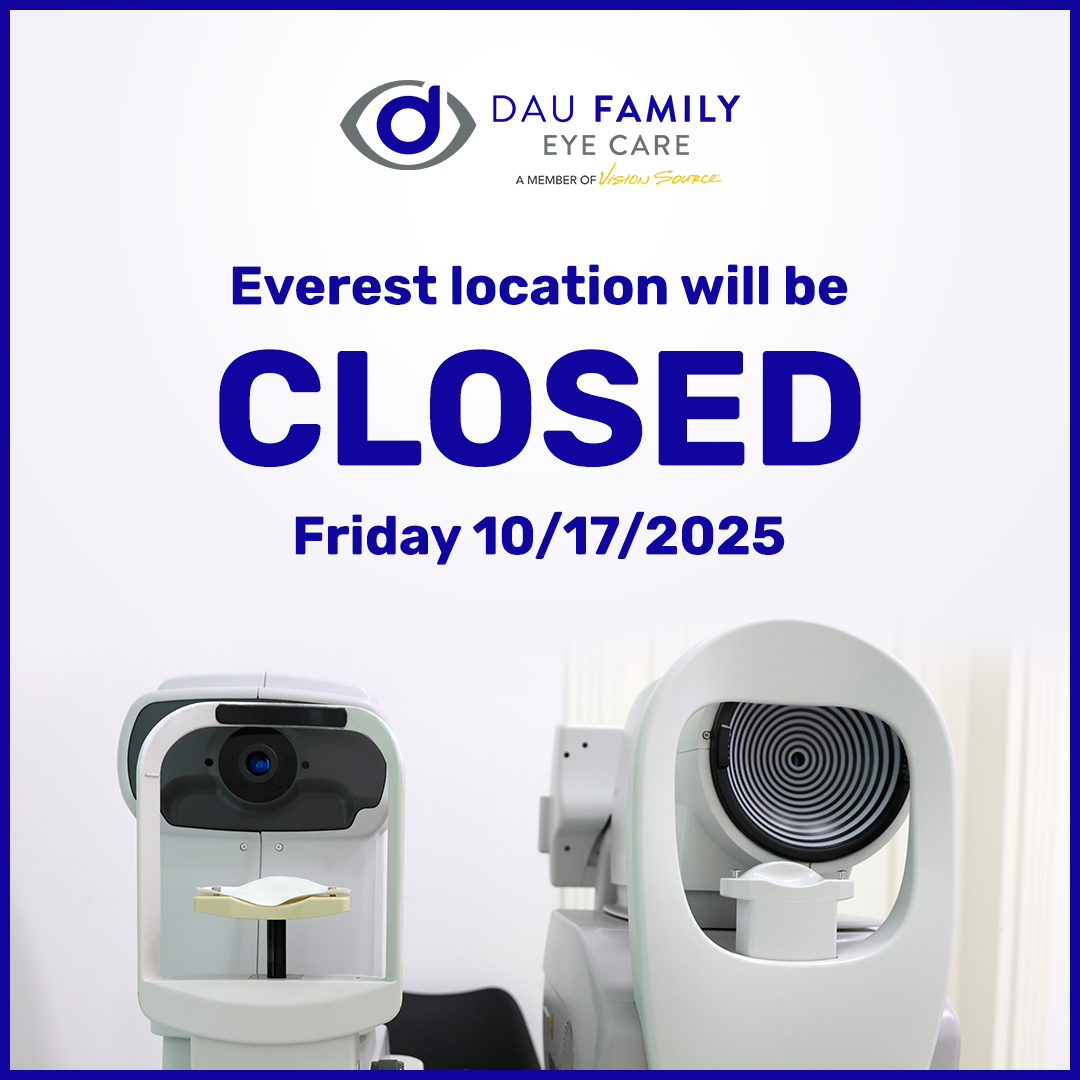
AMD (age-related macular degeneration) is an illness that affects the eye, near the middle part of the retina. The macula captures light and allows us to see clearly.
AMD leads to blurry eyesight, gradual loss of vision, and blindness. About 11 million people in America suffer some variation of this condition, and it is the major cause of blindness among people over 50 years old. Although AMD has no cure, there are ways you can derail its progression.
Here is what you need to know about AMD:
Types of AMD
This condition manifests in two forms: dry and wet AMD. Dry AMD is much more widespread, with 80 percent of Americans with AMD having this form of the disease. Wet (neovascular or exudative) AMD is more detrimental, and roughly 10 percent of those with this condition develop this type.
Dry AMD advances slowly over time, and if only one eye suffers this condition, you may not notice that your vision has changed. That is because your healthy eye tends to make up for your feeble one.
When it comes to wet AMD, strange blood vessels below the retina leak fluid and blood, resulting in permanent injury to the macula. This scarcer form of AMD is more likely to bring about loss of vision, and it is responsible for roughly 90 percent of AMD-related blindness.
What Causes AMD?
There is no identified cause for AMD, but the huge risk factors include family history, age (especially after the age of 60), race (mostly people of European origin), excessive exposure to sunlight, obesity, use of tobacco, poor nutrition, and heart disease.
Are There Any Symptoms?
The most challenging part of AMD is that it lacks symptoms in the beginning. It may take years before a person affected by AMD begins to experience symptoms such as distorted and blurry vision, trouble reading and seeing at night.
As the condition progresses, AMD can cause blindness in one or both eyes, with alleged “blind spots” obstructing parts of your central vision. This is why it is vital to check in with your ophthalmologist for a detailed eye exam yearly once you turn 50 years old.
Treating AMD
While there is no way to stop or reverse AMD, there is proof that certain measures can delay the disease’s progression and even stabilize it.
Taking a prescribed dose of minerals such as copper and zinc combined with Vitamins E and C can help slow the disease’s damage to the macula. However, before taking any supplements, talk to your doctor to find out whether the doses will work for you.
Along with that, living a healthy lifestyle is an important part of any therapy. Eat plenty of leafy greens and fish, and exercise regularly to minimize the risk of getting AMD. As well, avoid smoking or chewing tobacco because the chemicals that enter the body in that manner may double your risk. Also, protect your eyes from too much exposure to the sun and reduce risks for heart disease by keeping your weight in check.
Learn more about causes & treatments for AMD, contact Dau Family Eye Care in St. John’s, Florida at (904) 713-2020 to book an appointment today.





